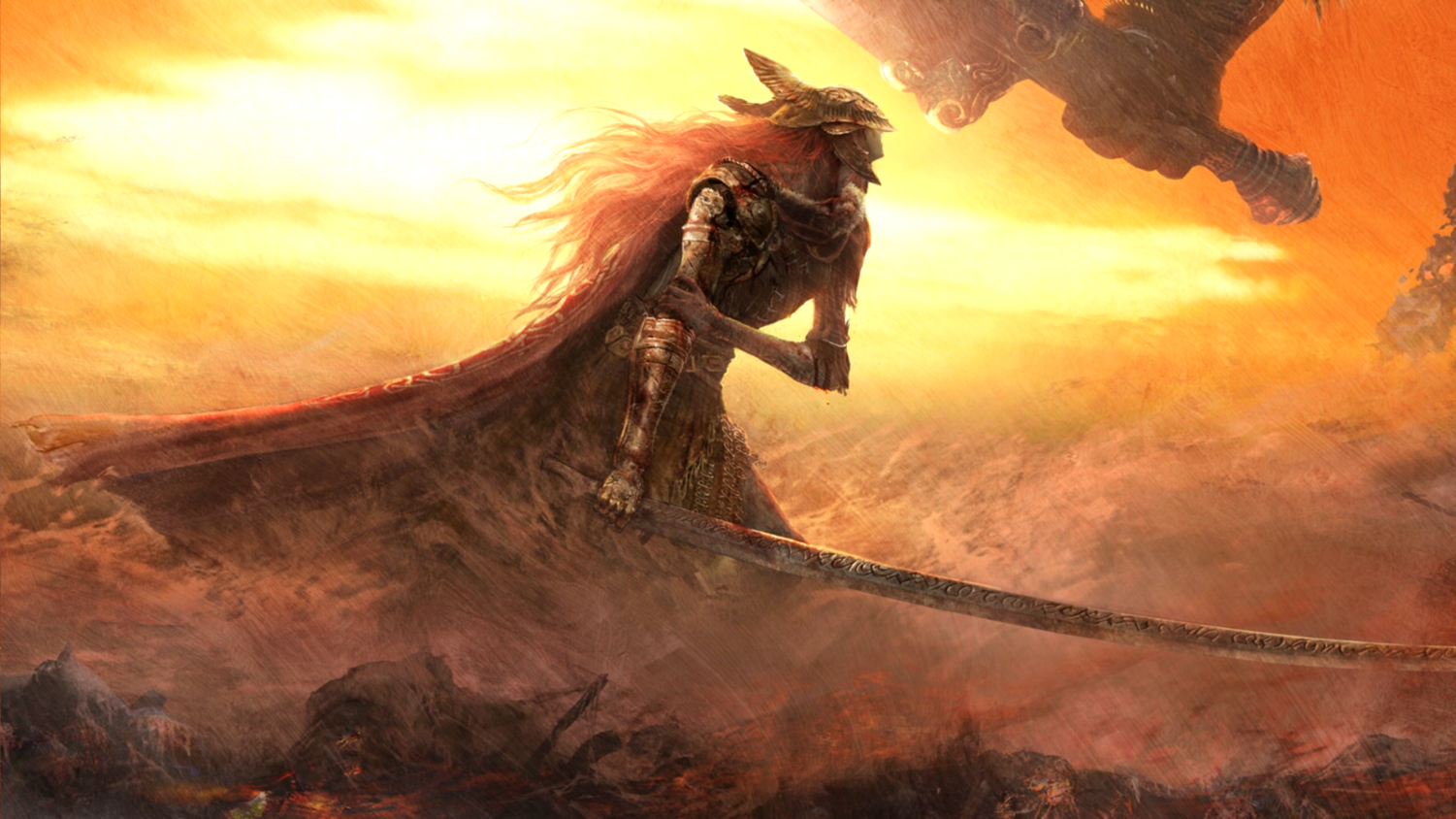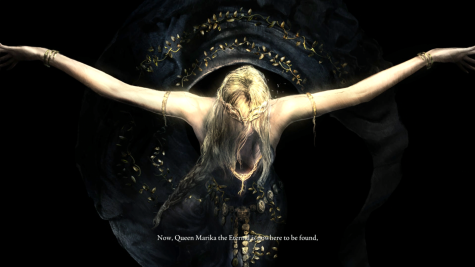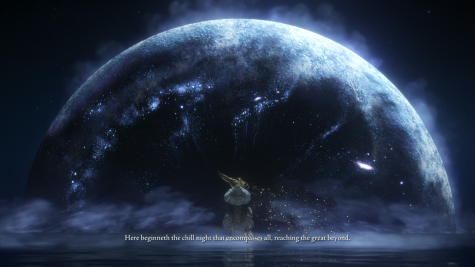Story
May 6, 2022


While Elden Ring is an open world game, its main story is still somewhat rigid—there are some key steps that must be taken in order to complete it. The game’s main story is laid out for players in an introductory cutscene before any gameplay occurs: the Elden Ring, a sort of world order that was shattered by demigods, must have its power claimed by the player in order to bring some sort of change to the Lands Between. If players successfully claim the power of the Elden Ring, they become Elden Lord, and can then finish the game’s story.
However, in order to claim the Elden Ring’s power, players must defeat the aforementioned demigods, which are major bosses in the game. Each of these demigods possess a fragment of the Elden Ring, making it necessary for players to fight at least a few in order to progress to the end of the game.
While the game does play a few cutscenes that contain relevant lore, most of Elden Ring’s story is written into brief item descriptions, environmental hints, and NPC dialogue. While this makes the storyline quite difficult to follow without paying close attention to detail, it is cleverly written nonetheless. The game’s lore is intricate and players must work hard in order to track what is going on and why.
For example, if players find an item that includes details about a certain character in the story, that item’s location is also relevant to the newly discovered lore. Perhaps an NPC’s armor is found in a prison cell in a castle. Players would be expected to make the connection that the NPC was likely imprisoned and killed in that cell, and even further assume that the castle’s occupants were responsible for that NPC’s death.
Every single item and weapon in the game is placed deliberately to tell a bigger story about not only the main character’s of Elden Ring, but about the world where that story takes place. It would be an understatement to say that more than half of the game’s story is told in this way.

Despite having an intricately weaved plot, the story of Elden Ring is not set in stone. There are six known endings to the game, two of which have radically different ending cutscenes from the remaining four. One of the endings occurs by default if players have not progressed any of Elden Ring’s NPC questlines, while the other five are achievable through different NPCs all over the game. I finished my playthrough of Elden Ring with the Age of the Stars ending, one of the two that play a very unique cutscene. One of the main themes of this ending is that I am ridding the world of “destined death,” or divine fate.
Most of the game’s story takes place after the rule of the Greater Will, which is a god that determined the fate of all living things before the shattering of the Elden Ring. Although the Greater Will has its power restored alongside the power of the Elden Ring in the default ending, players who complete the Age of the Stars ending replace the Greater Will with the Moon God, who opts not to determine the fate of all living beings. I got this ending by completing the questline of Ranni, an important NPC who appears early in the game. Besides giving me a unique ending, the questline also gave me many strong items and led me to a well-hidden boss.
Players can complete NPC questlines by doing what different characters ask of them at several points throughout the game. If all of an NPC’s requests are fulfilled, its questline is considered complete and players could be rewarded with anything from nothing to a strong weapon to a game ending.
Most of Elden Ring’s NPCs feature extensive dialogue and voice acting. The vocal performances within the game are impressive given just how many there are, and each breathes a bit of life and character into an already lively game. All of Elden Ring’s characters and lore come together and form a world comparable to Tolkien’s Middle Earth in both scale and depth. The only difference between the two is that players can go wherever they want in Elden Ring.
